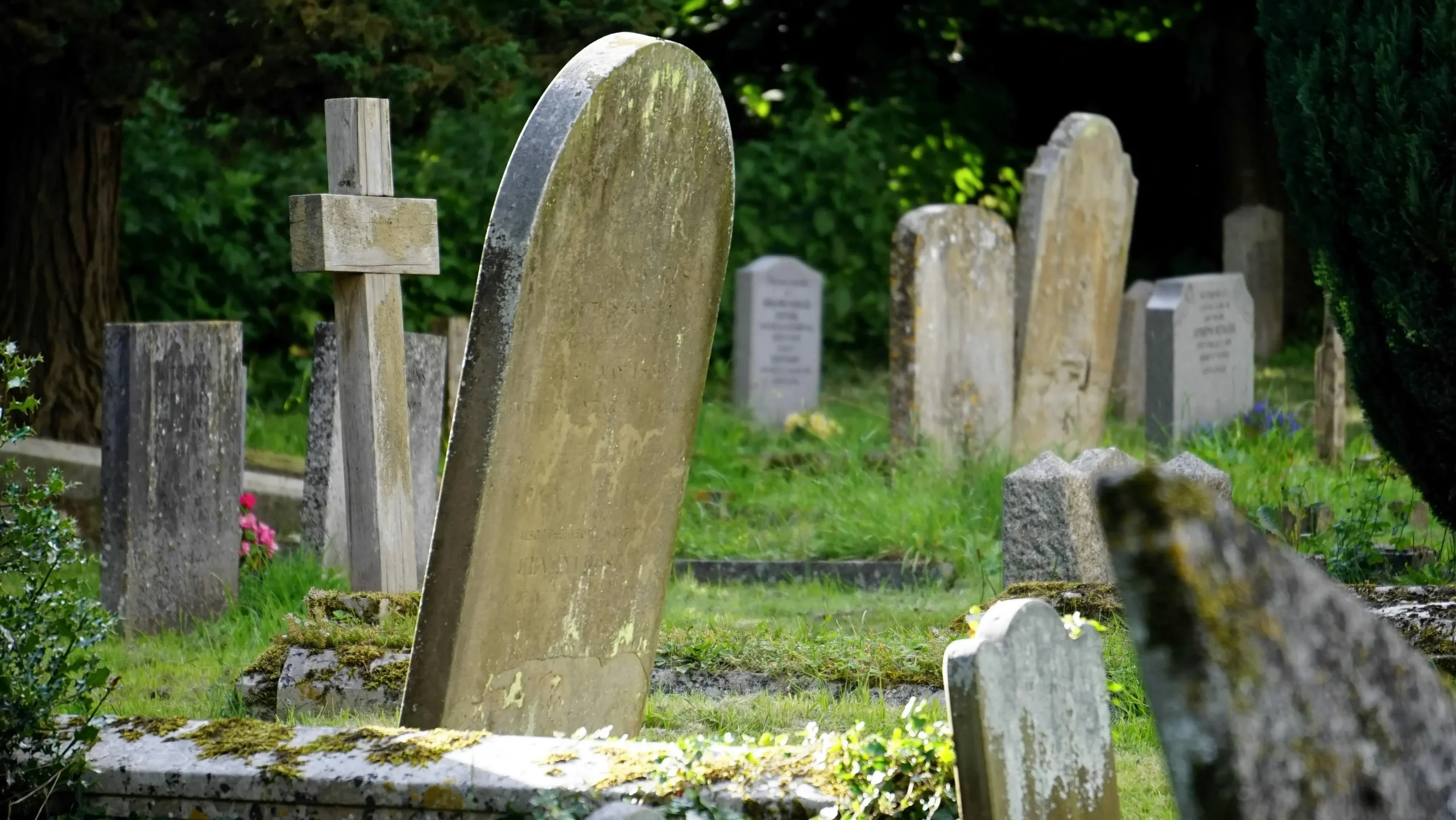
When it comes to choosing a memorial, we often focus on the personal touches such as inscriptions, symbols, and shape. Yet, one of the most defining features of any gravestone is the stone itself. Across the UK, regional traditions and local geology have shaped the styles we see in cemeteries today. From rugged granite in Cornwall to delicate sandstone in Yorkshire, each area has its own story to tell.
The Influence of Local Geology on Memorials
For centuries, memorials were crafted from stone quarried nearby. Transporting heavy materials was costly, so stonemasons worked with what was readily available. This practical choice led to regional identities in gravestones that can still be seen in older churchyards.
- Cornish Granite – Known for its durability and speckled appearance, granite from Cornwall has been used for centuries. Its hard surface makes it resistant to weathering, a reason why many Cornish memorials still look striking today.
- Welsh Slate – Fine-grained and smooth, slate from North Wales is ideal for detailed inscriptions. Its dark colour contrasts beautifully with hand-carved lettering, making it a favourite for traditional memorials.
- Yorkshire Sandstone – Warm-toned and easier to carve, sandstone has been widely used in the north of England. Though softer than granite, it allowed stonemasons to create ornate designs and decorative flourishes.
- Scottish Granite – Particularly from Aberdeen, Scottish granite is renowned worldwide. With its rich grey and red hues, it has long symbolised strength and permanence.
Regional Symbolism and Design
Beyond the stone itself, local traditions have influenced the symbols and shapes chosen for gravestones. In Wales, for example, Celtic crosses are a common feature, reflecting both Christian faith and Celtic heritage. In Scotland, thistles and clan symbols sometimes appear. In northern England, more modest and rectangular memorials were typical, while southern counties often favoured more elaborate carved shapes.
Have Traditions Changed?
While modern transport and nationwide suppliers mean families now have access to a wide variety of stone types, many still choose to honour regional styles. Selecting a stone with local roots not only pays tribute to heritage but also ensures the memorial harmonises with older gravestones in the same cemetery.
Cope Memorials – Helping You to Choose the Right Memorial
Here at Cope Memorials, we understand how important it is to find a gravestone that feels both personal and appropriate. Whether you are drawn to the strength of granite, the elegance of slate, or the traditional warmth of sandstone, our skilled stonemasons are here to advise you. We can help you balance tradition, aesthetics, and headstone price, ensuring a lasting tribute that reflects both your loved one and your region’s heritage. For more information about our headstones, please don’t hesitate to give us a call today on 01773 602 187, or you can complete our online enquiry form and a member of our team will be in touch with you as soon as possible.

